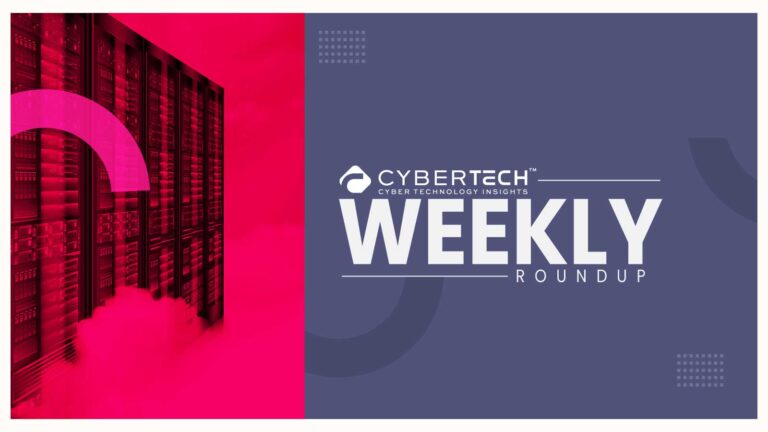Enterprise security cannot be reduced to a few tools. Tools like firewalls and intrusion detection, and endpoint defenses. In the digital-first economy, protecting sensitive data is just as essential as protecting the networks. Here, we store and send that data. Clients, regulators, and stakeholders are all demanding assurance that organizations can protect their systems and honor privacy with regard to their sensitive information through privacy by design.
This new dynamic propelled the establishment of a discipline called privacy engineering, creating a multi-disciplinary approach to embedding privacy in technology and information systems design, development, and operations. Rather than checking a compliance box, Privacy Engineering is changing in scope as data regulations tighten, remote working changes risk models, and artificial intelligence becomes more integrated into business processes.
What is Privacy Engineering and Why It Matters
Privacy engineering is fundamentally the process of embedding privacy in the underlying architecture, processes, and workflows of technology. Privacy engineering encompasses a lot more than fulfilling legal obligations or writing data protection statements. It’s because designers and operators are embedding privacy directly into the design and operations of how systems function.
For enterprise leaders, this distinction is important. Conventional compliance programs are often dependent upon a reactive and additive approach. It also fulfills regulations for building systems and products. Privacy engineering clears a path towards applying privacy-by-design and security-by-default by embedding data minimization, secure storage, and access control into the directly evolving system.
So, Applied privacy engineering means building applications to collect only what is needed. It can encrypt data in transit and also at rest by default. Across the board, designing systems that cannot release a trove of personal data on an unauthorized basis. In the new world of data assets and data risk, privacy engineering puts security as part of the bedrock.
Drivers Fueling the Rise of Privacy Engineering in Enterprise Security
Multiple circumstances are driving the business adoption of privacy engineering within enterprise security:
1. Regulatory Pressure
In countries all over the world, governments are tightening their hold on data privacy and regulation. With the advent of GDPR in Europe, CCPA in California, NIS2 in the EU, and the newly intended SEC rules for cybersecurity disclosure in the United States. Further, Companies are taking on more compliance obligations and increased culpability. Negative compliance action carries an impactful financial and reputational impact. Adopting privacy engineering into a business practice is becoming necessary rather than a choice.
2. Complex Enterprises
Adding opportunities to hybrid and remote work is complicated by the increasing adoption of toolsets. Eventually, these are composed of SaaS platforms, cloud-native products, and third-party integrations and data sharing. Each layer of complexity creates new risk in sharing and verifying vendor access. Privacy engineering enables organizations to assess risk so they can use their knowledge base to drive compliance risk.
3. Reputational Risk
More than ever, customers and investors expect businesses to responsibly handle their data. With one unintentional breach in privacy, trust in an organization disappears faster than an intentional breach of technology uptime or system outages. In IBM’s Cost of a Data Breach Report (August 2024), breaches tied to third-party involvement or compliance failures were described as some of the costliest breaches, averaging almost $5 million each. With these drivers, it is remote to think that privacy engineering will not be included as a normal component of every enterprise security program shortly.
Privacy Engineering as a Security Function in Enterprise Security
What gives privacy engineering even more urgency for security leaders is the fact that it is now moving into an important function from a compliance team. In response to current and evolving risks, leading organizations have deployed privacy engineers as part of security and DevSecOps teams to formalize data protection into the entirety of technology deployment, certainly the capabilities, controls, adoption, and performance of information technologies. Some examples of how these developments would look in practice include:
Least-privilege data access –
Privacy engineers help develop and execute policies that provide least-privilege access to data collected. In practice, privacy engineers provide a granular access policy to use with employees and vendors so they only see what they need to view or know to do their work, without exposing any personally identifiable information (PII).
Privacy-enhancing technologies (PETs) –
PETs to process sensitive data and analyse it without exposing raw data is developing as useful techniques. Additionally, privacy-enhancing technologies are differential privacy, homomorphic encryption, and secure multiparty computation.
AI governance –
Getting to a stage of organisation AI requires understanding how personal information, anonymised at source, and PII can be managed and measured by privacy engineers before it forms machine learning training datasets.
There is a lesson to learn from incidents like the SolarWinds and also Kaseya supply chain incidents. So, trusting vendors or their default configurations is insufficient anymore. Privacy needs to be engineered at every layer of enterprise security.
Talent and Skills Gap in Privacy Engineering
As the need for privacy engineering increases, demand for talent far exceeds supply within organizations’ information privacy functions. PwC and ISACA are consistent in outlining the demand for professionals. Those who can successfully bridge security, privacy, and regulatory expertise significantly exceed the available supply. Privacy engineering roles are now among the top five most difficult hires globally.
As the line between information privacy and security risk continues to blur across sectors, organizations increasingly desire professionals with hybrid experience: technical knowledge of encryption and system design, coupled with today’s global privacy laws, governance, and risk management frameworks. Many organizations are attempting to fill the gap by upskilling information security professionals with privacy competence or working with specialized privacy consultancies.
For chief information security officers (CISOs) and chief information officers (CIOs), workforce strategy is equally as important as making the right technology investment. Without sufficient talent, their investment efforts into privacy engineering are at risk of becoming simply underfunded and compliance-driven projects rather than transformational security operations.
The Future of Privacy Engineering in Enterprise Security
Cloud utilization, remote work, and increasing data requirements have placed increased demands on organizations to protect sensitive data. Privacy engineers work to bring the distance between security and compliance closer through design that embeds privacy protections into processes and products at an organizational level. Privacy-by-design frameworks are now an expected part of development, providing assurance that compliance and risk management are integrated into the process, rather than treated as an afterthought.
Privacy engineering is emerging as increasingly relevant to enterprise resilience, customer trust, and long-term business growth. As we look ahead, it will stand alongside threat detection and identity management as a central pillar of enterprise security. This will enable organizations to innovate confidently while maintaining trust.
Conclusion
The changing reality of enterprise security is enormous. As data gets more valuable and more vulnerable, further privacy engineering has become a central piece of a security strategy. Privacy engineering is no longer relegated to compliance teams. Eventually, It now defines system design, risk management, and trust with legitimate discussions and investment at the executive level.
For CISOs and other security leaders, the task is clear. Embed privacy engineering as a part of enterprise security architecture. Invest in the human talent to support it. While establishing privacy as not only a compliance requirement, but a strategic advantage. In a digital economy continually defined by data-driven decision-making, organizations as the architects of privacy will go beyond compliance, creating real resilience and trust.
FAQs
1. What are the job responsibilities of a privacy engineer in Enterprise Security
Privacy Engineers will create and execute systems for personal data control, specifically data protection against unauthorized use and compliance.
2. How is privacy engineering different than cybersecurity?
Cybersecurity protects systems from threats, and also privacy engineering protects data (and how it will be used).
3. Why is privacy engineering in Enterprise Security
Remote work, cloud adoption, and stricter laws have made data privacy a business priority.
4. Can AI support privacy engineering in Enterprise Security
Yes, AI tools help track data, detect risks, and automate compliance checks.
5. How does privacy engineering help businesses?
It builds customer trust, ensures compliance, and strengthens enterprise security.
To participate in upcoming interviews, please reach out to our CyberTech Media Room at sudipto@intentamplify.com.







